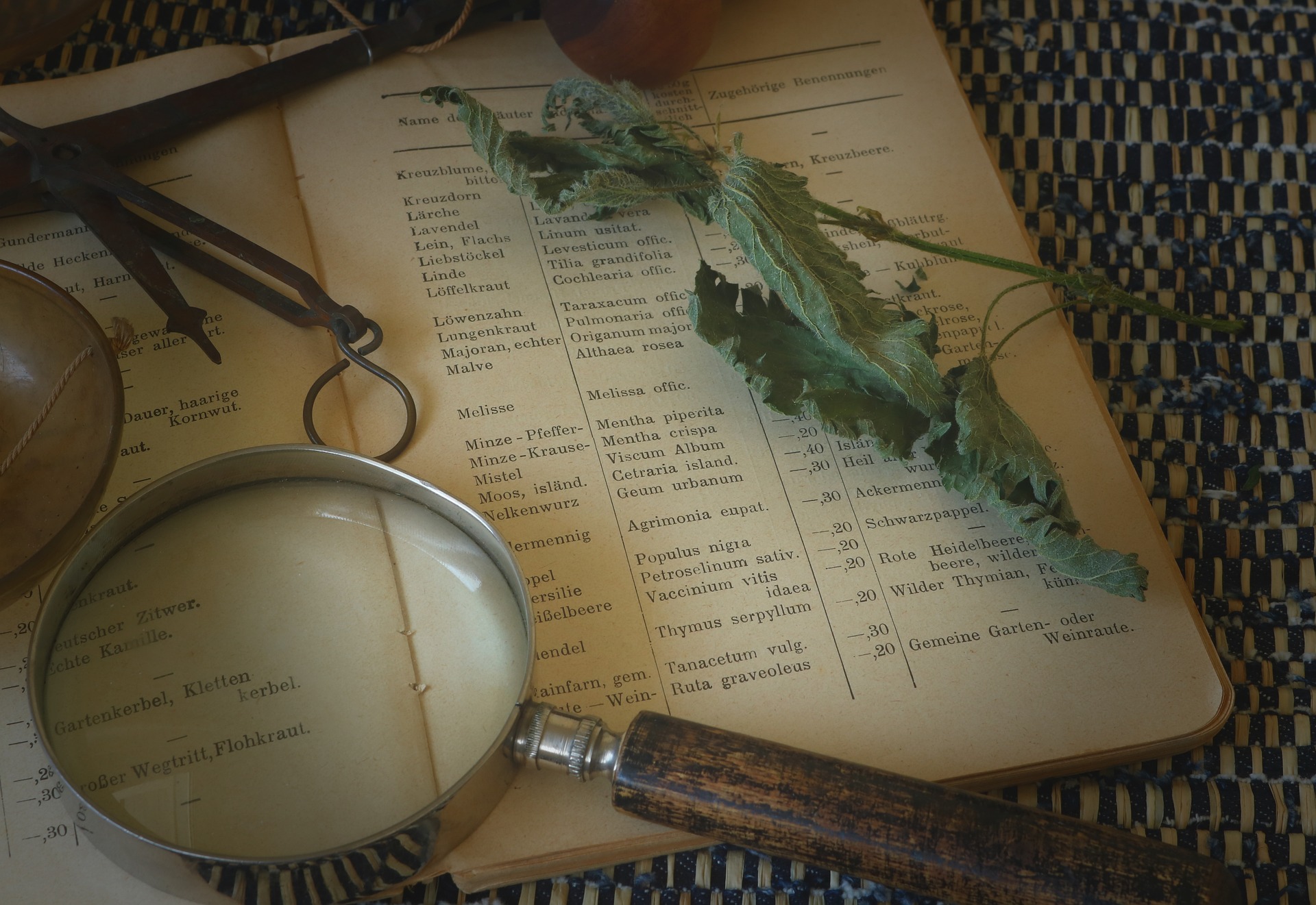Although in general this plant is considered to be a weed, it is also one of the most widely known plants in folk medicine (its sap for example is a popular medicine for a wart treatment). Extracts of Greater Celandine are known for their cytotoxic, antiviral, antifungal and anti-inflammatory properties [2]. Folk medicine is still very often a mystery for modern medicine. Frequently it is impossible to determine which exact compound (or group of compounds) is responsible for a change in a patient’s condition. In case of greater celandine various alkaloids, including sanguinarine, chelidonine, chelerythrine, berberine and coptisine, are usually the main focus of the investigators, in our case the coptisine has been chosen as the main focus of the research.
Studies on the extraction of coptisine
Why Coptisine though? Coptisine has been investigated by multiple scientists and doctors throughout the world. Its discovered potential applications are for example:
- Therapeutic use against gastric cancer cells [4]
- Suppression of proliferation and inhibition of metastasis in human pancreatic cancer [5]
- Curing of serious diseases such as Alzheimer’s, Depressive Disorders, Cancers, Acquired Immune Deficiency Syndrome, Cataracts, and others [6]
It is because of such huge potential we´ve decided to take a closer look at this alkaloid. Traditional folk medicine usually uses 70% ethanol’s solution for plant extraction (but sometimes aqueous or ethanol solutions of different concentration are also applicable). In order to make sure that the extraction is as efficient as possible, multiple solvents were chosen in order to verify which one of them shows the best results. The same amount of herb was measured and extracted with 100 ml of solvents listed in Chart 1, for 24 hours.
Chart 1. Coptisine extraction with multiple solvents.
As the best results of extraction were achieved using methanol solution, further investigation focused mostly on that solvent. Various experiments performed in the laboratory proved that higher temperature favours the extraction of coptisine. Efficient extraction of this alkaloid will speed up and facilitate the production of pharmaceuticals based on the use of its properties. Obviously further investigation is necessary for optimization of extraction process, and the road to production of pure pharmaceutical grade coptisine is very long, but with each week we are closer to achieve this objective.
Editorial Board’s note: Focusing on the perspective of the Polish market, these achievements present promising opportunities for the future of pharmaceutical production. Continuing experiments in laboratories focused on utilizing this solvent could be a crucial step towards improving the extraction process of substances with potential, such as coptisine.
References:
- https://en.wikipedia.org/wiki/Chelidonium_majus
- F. Tomè, M.L. Colombo, Distribution of alkaloids in Chelidonium majus and factors affecting their accumulation, Phytochemistry. 40 (1995) 37–39. https://doi.org/10.1016/0031-9422(95)00055-C.
- Nawrot, J., Wilk-jędrusik, M., Nawrot, S., Nawrot, K., Wilk, B., Dawid-pać, R., . . . Gornowicz-porowska, J. (2020). Milky sap of greater celandine (chelidonium majus L.) and anti-viral properties. International Journal of Environmental Research and Public Health, 17(5) doi:10.3390/ijerph17051540
- S. Nakonieczna, A. Grabarska, K. Gawel, P. Wróblewska-Łuczka, A. Czerwonka, A. Stepulak, W. Kukula-Koch, Isoquinoline Alkaloids from Coptis chinensis Franch: Focus on Coptisine as a Potential Therapeutic Candidate against Gastric Cancer Cells, Int. J. Mol. Sci. 23 (2022) 10330. https://doi.org/10.3390/ijms231810330.
- Y.L. Zhang, X. Zhang, X.Z. Miao, Y.Y. Yuan, J. Gao, X. Li, Y.G. Liu, P. Tan, Coptisine suppresses proliferation and inhibits metastasis in human pancreatic cancer PANC-1 cells, J. Asian Nat. Prod. Res. 22 (2020) 452–463. https://doi.org/10.1080/10286020.2019.1585820.
- Application of coptisine serving as indoleamine 2, 3-dioxygenase (IDO)inhibitor, (2012). https://patents.google.com/patent/CN102579438A/en.
Krzysztof Wąs



